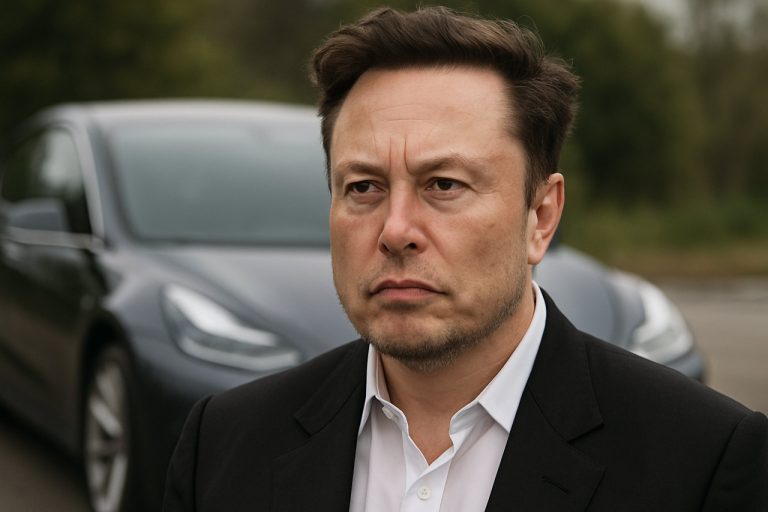
Could Digitalization Slash Carbon Emissions by 70%? The Energy Revolution Sweeping Eastern Europe and Central Asia
Massive investments and digital innovation promise cleaner, cheaper energy in Eastern Europe by 2030. Discover the roadmap to a green future.
- $150B in energy investments needed by 2030 across 7 countries
- Up to 70% potential reduction in carbon emissions with digitalization
- 80% possible energy cost savings with system-wide technologies
- Over 60% of power from gas and coal in the region today
A dramatic transformation is unfolding across South-Eastern and Eastern Europe, the Caucasus, and Central Asia. A United Nations Economic Commission for Europe (UNECE) study has unveiled a bold vision: with $150 billion in investment and a digital makeover of its aging energy systems, this vast region could cut emissions by up to 70% while slashing energy costs by as much as 80% by 2030.
This ambitious strategy comes at a time when over half the region’s power still relies on fossil fuels—mostly imported natural gas and coal. As the world barrels toward net zero, these countries cannot afford to be left behind.
How Could Digital Solutions Revolutionize Legacy Energy Grids?
Imagine switching from unpredictable coal and gas plants to agile, data-driven networks powered by renewables. The UNECE’s analysis spotlights game-changing tools like Artificial Intelligence, the Internet of Things (IoT), Digital Twins, and Virtual Power Plants. These innovations allow real-time monitoring, predictive maintenance, and precise grid management.
In places like Georgia, where transmission lines are over 30 years old and lose 12% of energy in transit, digital tools could keep electricity flowing efficiently. For Belarus, whose thermal plants are mostly elderly, digital tech means smarter repairs, reduced costs, and less pollution.
Why Is Clean Energy Modernization So Challenging Here?
The region faces a daunting legacy. Much of its energy infrastructure dates back to the Soviet era, now sagging under time and stress. For example, Belarus emits nearly 8 million tonnes of CO2 annually from its outdated power sector. North Macedonia, still reliant on coal, battles some of Europe’s worst air pollution.
Other roadblocks include:
- Persistent dependence on imported fuels—Moldova imports about 70% of its electricity
- Severe funding shortfalls—Albania, for instance, needs $300 million for just a handful of solar and wind projects
- Shortage of skilled workers—In Georgia, nearly one in three energy professionals lack expertise in renewables
Q&A: How Can These Countries Fund the Great Energy Overhaul?
Q: Where will the $150 billion come from?
A: International aid, strategic alliances with the private sector, cross-border energy pooling, and strong government support will all play a part. Strategic partnerships—especially those enabling the transfer of technology and skills—are seen as vital to attract both public and private funding.
Q: What’s the toughest nut to crack?
A: Overcoming financial gaps and workforce shortages tops the list. Regional collaboration and innovative financing structures, such as green bonds and infrastructure funds, are drawing increasing interest.
How-To: Jumpstart a Digital Energy Transition
UNECE’s report outlines a clear, actionable roadmap:
- Retrofit existing systems – Integrate digital technologies within old power plants and grids to boost efficiency and reduce losses.
- Hybrid approaches – Blend traditional gas with cleaner hydrogen for smoother, greener transitions.
- Smart grids & integration – Invest in advanced, resilient grids for better regional electricity trading and security.
- Human-centered strategy – Prioritize professional training, digital literacy, and ethical standards to ensure a fair and socially just transition.
What Can Regional Cooperation Achieve?
Cross-border megaprojets—like the Trans-Caspian high-voltage lines—promise a future where countries share clean power seamlessly. These initiatives not only strengthen energy security but also build bridges in digital innovation and standardization.
At a recent hybrid workshop in Minsk, over 100 policymakers and experts explored these solutions. The consensus: digital innovation, paired with bold policy, could redefine the region’s energy destiny.
Related Links
- UNECE – Explore more on sustainable energy policy
- United Nations – Global climate and energy action
- International Energy Agency – Data, trends, and forecasts
Ready to Lead the Clean Energy Revolution?
- Advocate for smart energy investments and policies
- Support training and digital skills in your community
- Champion cross-border collaboration for a greener future
- Push for digital upgrades in local and regional infrastructure
Take action now—Eastern Europe’s energy transformation starts with informed, engaged citizens and leaders. The digital energy revolution is here. Will you power it?



